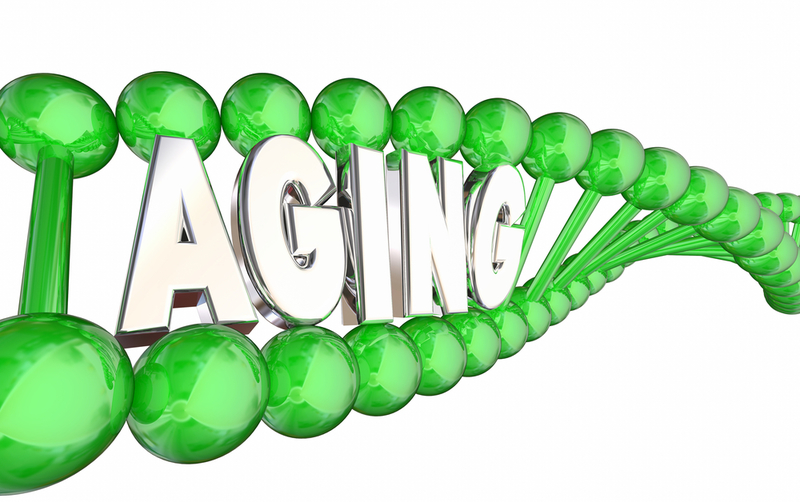Decoded: How to reverse signs of ageing
IANS Jul 23, 2018
Scientists, including one of Indian origin, have found the way to reverse the action of wrinkled skin and hair loss which are considered as the hallmarks of ageing, in a mouse model.

The findings showed that, when a mutation leading to mitochondrial dysfunction is induced, the mouse develops wrinkled skin and extensive, visible hair loss in a matter of weeks. However, when the mitochondrial function is restored by turning off the gene responsible for its dysfunction, the mouse returns to smooth skin and thick fur, indistinguishable from a healthy mouse of the same age.
According to the study authors, the decline in mitochondrial function among humans is seen during ageing, and can drive age-related diseases. "This mouse model should provide an unprecedented opportunity for the development of preventive and therapeutic drug development strategies to augment the mitochondrial functions for the treatment of ageing-associated skin and hair pathology and other human diseases in which mitochondrial dysfunction plays a significant role,"said Keshav Singh, Professor at the University of Alabama at Birmingham, US.
For the study, published in the journal Cell Death & Disease, the team added antibiotic doxycycline -- used to treat infections caused by bacteria and protozoa -- to food or drinking water to induce the mutation which caused in depletion of mitochondrial DNA because the enzyme to replicate the DNA becomes inactive.
They found that, the mice showed gray hair, reduced hair density, hair loss, slowed movements and lethargy in four weeks. Wrinkled skin was seen four to eight weeks after induction of the mutation, and females had more severe skin wrinkles than males. Reversal of the mutation restored mitochondrial function, as well as the skin and hair pathology.
However, little change was seen in other organs when the mutation was induced, suggesting an important role for mitochondria in skin compared to other tissues. "It suggests that epigenetic mechanisms underlying mitochondria-to-nucleus cross-talk must play an important role in the restoration of normal skin and hair phenotype," Singh said.
-
Exclusive Write-ups & Webinars by KOLs
-
Daily Quiz by specialty
-
Paid Market Research Surveys
-
Case discussions, News & Journals' summaries
